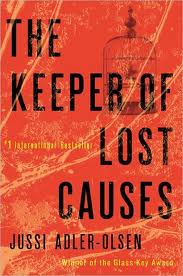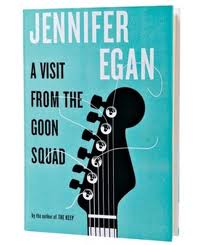Will Schwalbe
Alfred A. Knopf/Borzoi Books

|
Of course, we are all dying and none of us knows the hour, which could be decades away or tomorrow; and we know that we need to live our lives to the fullest every day. But I mean, really—who can play that mental game or live like that? And there’s a world of difference between knowing you could die in the next two years and knowing that you almost certainly will. from The End of Your Life Book Club |
A son's tribute to his mother reflects transformational power of books
“Plenty of people are willing to talk about death but very few about dying.”
In 2007, Mary Anne Schwalbe was diagnosed with pancreatic cancer. Though resigned to her prognosis, she was also a fighter, determined to live as fully and as long as possible.
While waiting at Memorial Sloan-Kettering’s outpatient care center for her treatments, she and her son, Will, would read and discuss favorite books. Both had been lifelong readers; Will was a book editor, and herself, one of the founders of the Women’s Commission for Refugee Women and Children. Her work had often taken her to war-torn areas of Africa and Afghanistan, and during the remaining two years of her life she worked tirelessly to build a library in Kabul.
In this “book club” of two, they read broadly and eclectically, from Jane Austen and E. M. Forster to Ken Follett and Stieg Larsson. I was initially disappointed that there wasn’t more about the books they were reading—some barely receive a mention—but then realized that, like book clubs everywhere, the books themselves are often just the opportunities people create to come together and to share their lives, literary bridges that we use to cross over that gulf that separates us one from one another.
In spite of the mortal pall hanging over them, there are delightful moments of humor. Mary Anne had the habit of starting a book by reading its ending. “I was very surprised by the ending. Were you?” asks Will, referring to William Trevor’s Felicia’s Journey. She responds, “Of course not—I’d read it first. I don’t think I could have stood the suspense if I hadn’t known what was going to happen.”
They don’t so much talk about the books as talk around them, the book becoming the occasion for their time together, deepening their understanding and their love as mother and son, as one dying and the other one (temporarily) surviving. These become important times for both. Will reflects, “I was learning that when you’re with someone who is dying, you may need to celebrate the past, live the present, and mourn the future all at the same time.”
The End of Your Life Book Club is one son’s loving tribute to his mother, and to books and their power to transform our minds, and thereby, our world. No doubt, Mary Anne Schwalbe would have enjoyed it, reading the ending first to see what was going to happen.
This review first appeared in The Columbia River Reader (January 15-February 14, 2013.) Reprinted with permission.












